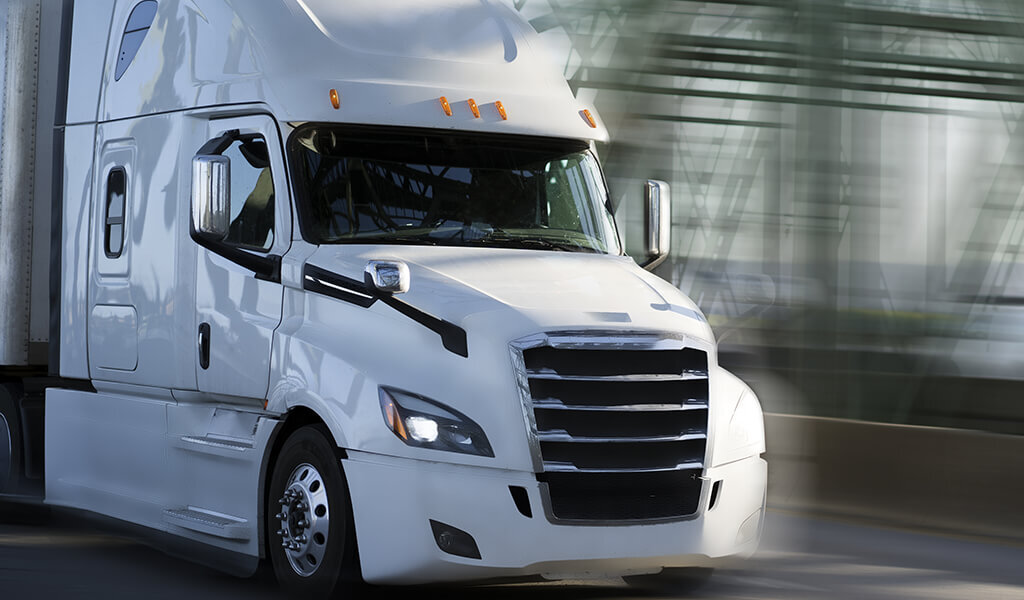If you missed Expedite Expo 2021 in Ft. Wayne, Indiana, you missed some valuable educational opportunities.
But have no fear. We have you covered at ExpeditersOnline.com. Here are five key takeaways from some of those workshops to help you grow in your career and business in expediting.
What makes expediting different from over-the-road trucking?
Frank Rebelo, partner, Hyfield Trucking
“Expediting is not straight trucking where you’re a W-2 employee and can’t refuse loads, and they tell you what to do, how to do it, and when to do it. Expediting is not that way. You’re in charge of your own destiny. You decide whether or not you’re going to take loads or if you’re going to take that load for a certain price. And there are a lot of variables. How many days do you need to wait for a load? How many days does it take to deliver? Where is it picking up? Where is it delivering? [In expediting,] a lot is being thrown at you. You’re still trying to figure out hours of service, and now you’re trying to figure out negotiating and choosing loads.”
How do you choose what loads to accept?
Donna Chambers, owner-operator, Landstar
“As my husband puts it, ‘There are no unicorns; they don’t exist. Neither do mermaids, and neither do back-to-back loads.’ We rarely get back-to-back loads – that’s just part of the business. Preferably, you want to deliver in an area where loads are coming back out, or you don’t have to travel that far to get your next load. But before accepting a load, you need to know your operating costs, your bottom line, and your [income] goals.”
What’s an example?
“Let’s say there’s a $3,500 load that’s 900 miles away. It picks up tomorrow and delivers the next day. The loaded miles are 1,200 miles. If you’re in a Sprinter van, it’s going to cost you about $150 in fuel to go the 900 miles to pick up the load. So your $3,500 now becomes $3,350. And the fuel cost for the [1,200] loaded miles is about $200. Now, that takes the number down to $3,150. If you take the $3,150 and divide it by 2,100 [900 + 1,200] miles, that’s $1.50 per mile for all miles. Or, you can divide the $3,150 by 1,200 miles, which is $2.62 per loaded mile. You can also divide $3,150 by three days – because you have one day to travel to get to the load, one day to pick it up, and the next day to deliver the load. That’s $1,050 per day. So, there are different ways of looking at loads. But you need to have a goal in your head. ‘I need to make this much per month.’ Then divide that number by four where you can say, ‘I need to make this much per week.’ You’re looking at all kinds of numbers to figure out what’s good for you.”
What should you consider before becoming a fleet owner?
Jackie Rocha, fleet owner, Millennials in Trucking
“It’s important to do your due diligence. As a fleet owner, you have to be a jack of all trades, where you know about the accounting side, the maintenance side, the driver perspective, the sleeper specs. There’s a lot you have to know to keep up with the industry. As millennials, we ask a lot of questions. We want to know what we’re getting into. So, ask questions. Learn the details, the ins-and-outs of everything, before making any investment.”
How do you recruit millennials?
Jackie Rocha, fleet owner, Millennials in Trucking
“Transparency is important. But social media is number one. Social media needs to be your first go-to with Instagram and Facebook. And a website is worth it, too. Tell about yourself. Have a contact section. And make your pitch: What can you give drivers as a 1099 contractor that they can’t get as an employee for another company? What are you offering them that’s better? As an industry, we’re going up against some serious competition. So here’s the pitch: ‘Get paid to travel.’ As millennials, we want to see the country. So many of us follow a hundred travel pages on our Instagram and Facebook anyway. It’s nice to be able to get out there and get paid to do it.”
How much cash should you have in reserves before getting into the expedited trucking business?
Frank Rebelo, partner, Hyfield Trucking
“I tell everybody to have enough cash in the bank to cover a minimum of three months of bills. You’re going to have orientation. And then you have a delay of a couple of weeks of pay. And you don’t know what [the timing and income] will look like when you’re starting out. They’ll be times when you won’t see a check. Then you might get that nice big check for $5,000. But don’t make the mistake of spending all your money when you do get that big paycheck. Instead, take a big chunk and put it in savings for those times when you’re not going to have a check.”
